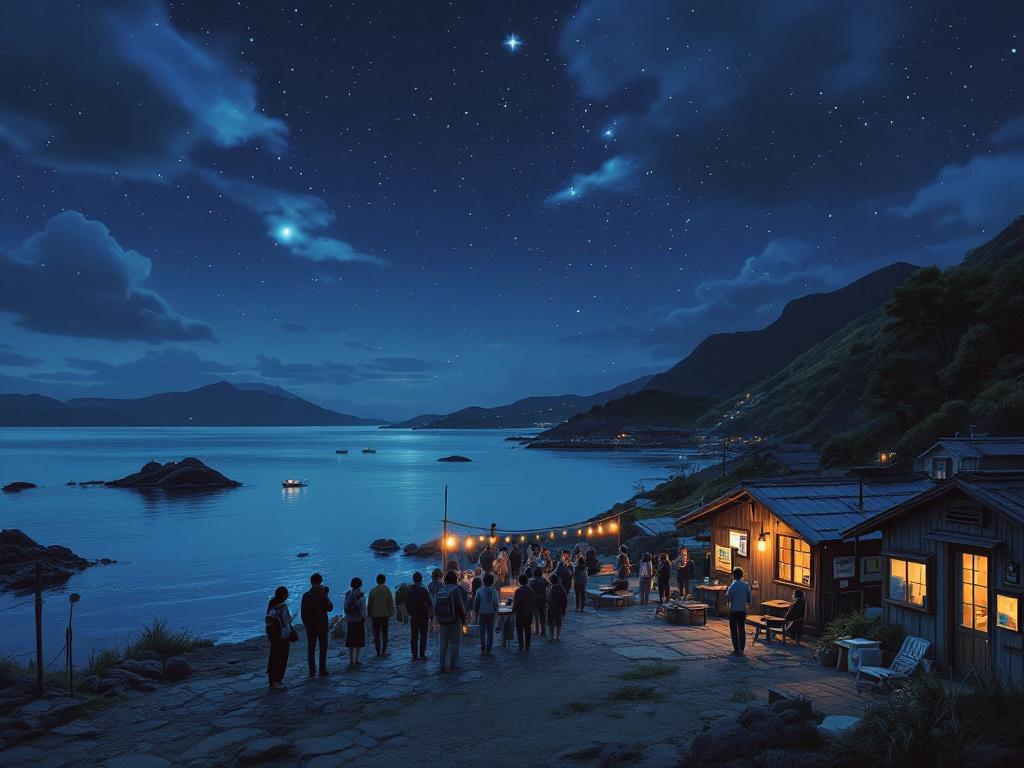
Dusk over Japan’s remote Tokara Islands: a quiet fishing village with low wooden homes and a small harbor, residents gathered outside under a starry sky, checking emergency radios and backpacks. Subtle tremors ripple the dark sea and rattle hanging lanterns; a seismograph screen glows inside a modest town office. Signs point to an evacuation route up a lush, volcanic hillside. A lodge’s lobby is repurposed as a shelter with cots, blankets, and water bottles. Smartphones display earthquake alerts, but the shoreline is calm with no tsunami. Mood: tense yet orderly, community-focused preparedness amid frequent small quakes.
Summary
A swarm of more than 900 earthquakes in Japan’s remote Tokara Islands over two weeks has heightened public anxiety and disrupted local life, even as authorities report no major damage or tsunami risk. Residents face sleepless nights, strained services, and preparations for potential evacuation, while some accommodations pivot to shelter roles. The unusual frequency coincides with viral social media and manga-fueled predictions of an imminent “megaquake,” prompting trip cancellations and broader national jitters. Experts and officials emphasize that earthquakes cannot be predicted, urging measured preparedness amid Japan’s long-term seismic threat, including the government’s warning of a high-probability Nankai Trough event within the coming decades.
Key Points
- Over 900 quakes struck the Tokara Islands since June 21, peaking at 183 in a day.
- No major damage or tsunami warnings, but residents face anxiety and sleep loss.
- Authorities stress readiness to shelter or evacuate; some lodgings shift to shelters.
- Social media and a viral manga fuel July 5 “megaquake” fears despite expert refutation.
- Japan faces a long-term Nankai Trough megaquake risk with severe potential impacts.